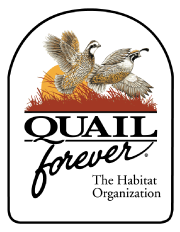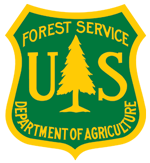Journal Article - Vanderhoof et al. 2025
Publication Date: 2025
DOWNLOAD FILE — PDF document, 4,633 kB (4,744,687 bytes)
ABSTRACT
Background. The southeastern United States (‘Southeast’) experiences high levels of fire activity,
but the preponderance of small and prescribed fires means that existing burn severity products
are incomplete across the region. Aims. We developed and applied a burn severity model across
the Southeast to enhance our understanding of regional burn severity patterns. Methods. We
used Composite Burn Index (CBI) plot data from across the conterminous US (CONUS) to train a
gradient-boosted decision tree model. The model was optimised for the Southeast and applied
to the annual Landsat Burned Area product for 2000–2022 across the region. Key results. The
burn severity model had a root mean square error (RMSE) of 0.48 (R2 = 0.70) and 0.50 (R2 = 0.37)
for the CONUS and Southeast, respectively. The Southeast, relative to CONUS, had lower mean
absolute residuals in low and moderate burn severity categories. Burn severity was consistently
lower in areas affected by prescribed burns relative to wildfires. Conclusions. Although regional
performance was limited by a lack of high burn severity CBI plots, the burn severity dataset
demonstrated patterns consistent with low-severity, frequent fire regimes characteristic of
Southeastern ecosystems. Implications. More complete data on burn severity will enhance
regional management of fire-dependent ecosystems and improve estimates of fuels and fire
emissions.
Keywords: burn severity, burned area, Composite Burn Index, CBI, differenced Normalized Burn
Ratio, dNBR, Landsat, longleaf pine, Monitoring Tre





















